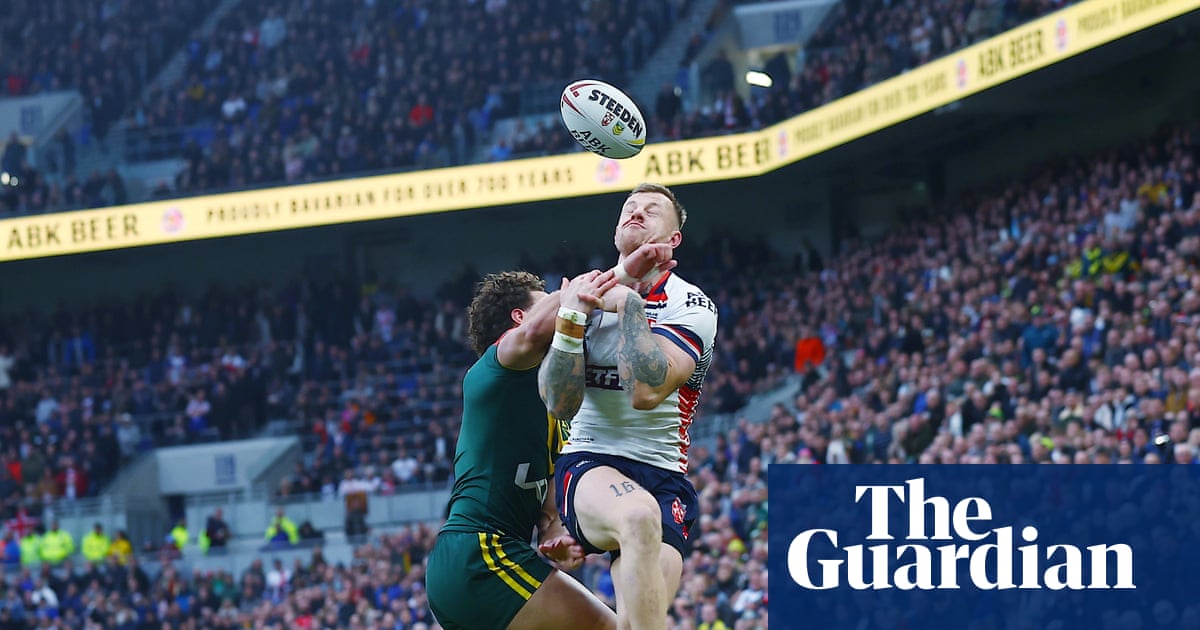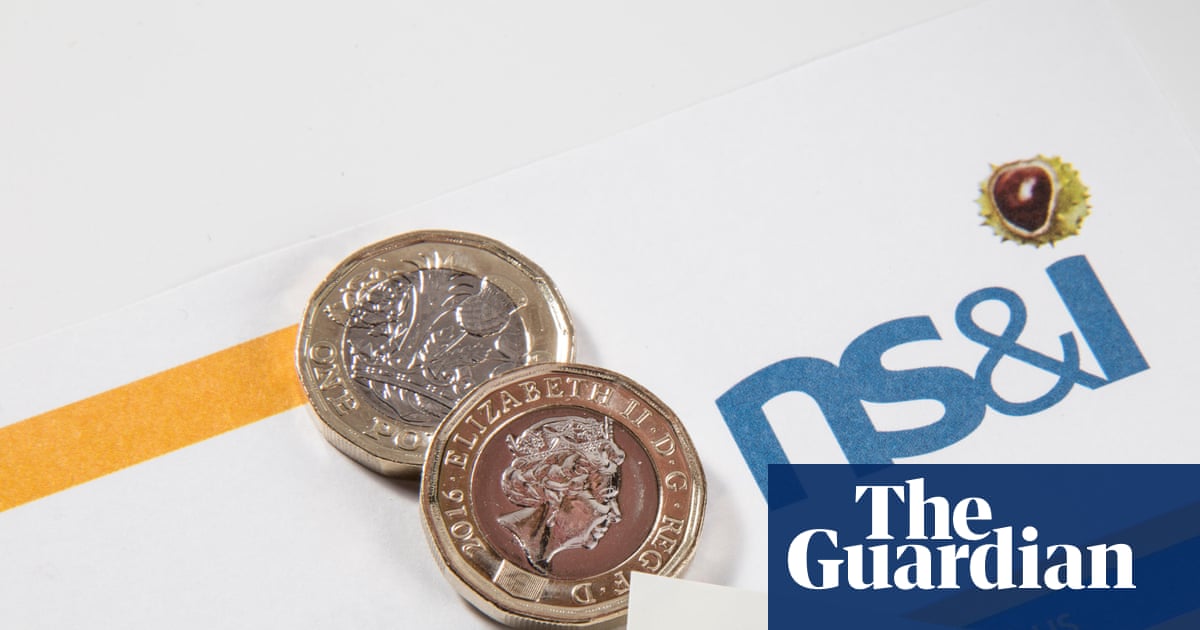Rachel Reeves wants Britons to put more of their spare cash into shares to help them get better returns, support UK businesses and the ailing London Stock Exchange, and kickstart anaemic growth.
The chancellor has paused plans to overhaul Isas that were expected to cut the annual limit for the cash version of the tax-efficient cash savings accounts, to encourage investment in the shares variety. However, on Tuesday she unveiled measures to encourage people to consider the stock market as an alternative to banks and building societies.
Here’s what’s on the table and how those with spare cash may take advantage of the changes.
What is the government proposing?
Outside of pensions, households typically held 32% of their savings in stocks in 2023, down from 38% in 2010. The government wants to reverse this trend, arguing that people are choosing to hold money in cash savings as a default, not as an active choice.
By the start of next year it wants to roll out “targeted support” that would involve savers being contacted and told if there are investment opportunities that may suit them.
It says lengthy risk warnings are deterring people from investing, and that there should be a move to “informing, rather than warning”.
There will also be an industry-wide advertising campaign to encourage people to consider stocks and shares instead of cash deposits.
What’s better about the stock market?
Over time, it typically offers much better returns on your money than cash – for the government this means people are wealthier, and better set-up for events such as retirement.
Figures from the financial advice firm AJ Bell show that if you had put £10,000 in a typical cash Isa 10 years ago it would be worth £11,513 today, compared with £17,999 if instead you had invested in a FTSE All Share tracker fund – this holds shares from hundreds of companies listed in the UK. Some investments would have grown even more over the same period.
What are the dangers?
Of course it’s not all pros and no cons: there is a risk with investing in stocks and shares – values can go down and even what may look like the safest of bets can go wrong. Railtrack and HBOS both seemed pretty stable companies for a while, before crashing.
Buying individual companies is the most risky thing to do. You can reduce the risk you take by buying funds – these spread your money across a large number of companies.
Another way to reduce your risk is to invest regularly rather than paying in a lump sum. Paying in a small amount every month lets you benefit from “pound cost averaging” – when the stock market is doing badly you get more shares for your money than when it is doing well. When it bounces back you stand to make more gains on those shares than those bought at the top of the market.
How much should I invest in stocks?
You should only invest money that you do not need in the short-term and that, ultimately, you can manage without.
Antonia Medlicott, the founder of the website Investing Insiders, says before you start buying stocks and shares you should pay off expensive short-term debt on credit cards or overdrafts.
“It’s also essential to build up an emergency savings fund to cover any unexpected costs without needing to cash out your investments early. An emergency fund also provides a financial cushion if you lose some or all of your money while investing,” she says.
As a general rule, you should have at least three to six months of living expenses saved in an easy-access account – that could be your cash Isa.
“Think carefully about your investment goal and how long it will take to achieve it. This will help you work out a realistic timeline for investing and how much risk you can afford to take,” she adds.
How do I do it?
Both individual shares and funds are available via banks and building societies, traditional financial advisers and stockbrokers, and online trading platforms. A lot of the online platforms have apps through which you can manage your portfolio. (Guardian Money recently ran a guide to the best ones for beginners.)
The more help and advice you want, the more you will typically pay. Most companies that sell funds offer template portfolios made up of several funds. You will typically need to answer a few questions to show how much risk you are willing to take and whether you want to get an income from your investment or concentrate on it growing in value.
Should I use my Isa?
Investing in funds or shares is best done in your Isa because your gains are all tax-free. You can use anything left from your £20,000 annual Isa allowance or transfer money you currently hold in a cash Isa – make sure you get the provider to do this rather than withdrawing the cash and paying it in yourself.
If you do invest outside of an I, you can make up to £3,000 a year before you have to pay capital gains tax. However, the tax treatment of investment gains could change in future.

 3 months ago
112
3 months ago
112

















































